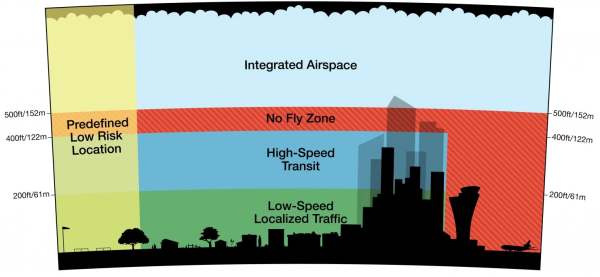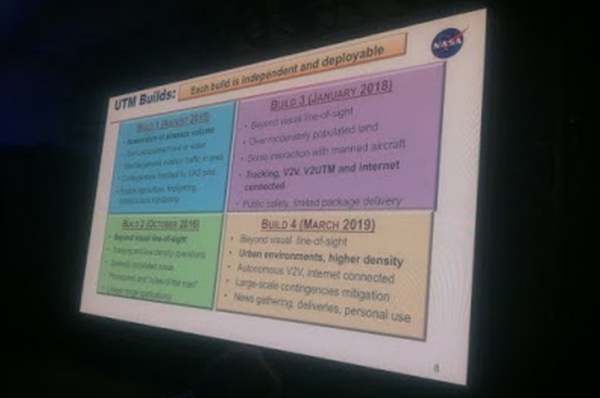Podcast: Play in new window | Download (Duration: 32:09 — 18.5MB)
![NASA UTM Chart]](https://theuavdigest.com/wp-content/uploads/2015/08/utm-chart_600.jpg) Observations from the NASA Unmanned Aerial Systems (UAS) Traffic Management Convention, including the Amazon Prime Air proposal for drone traffic management.
Observations from the NASA Unmanned Aerial Systems (UAS) Traffic Management Convention, including the Amazon Prime Air proposal for drone traffic management.
Guest
Max Trescott attended the NASA Unmanned Aerial Systems (UAS) Traffic Management Convention (or UTM) and gives us his impressions of the event. Max is a general aviation pilot, a certified flight instructor, an aviation author, and a glass cockpit expert. He also flies quadcopters.
Discussion
The UTM convention was an opportunity for NASA and others to share their visions for managing low altitude commercial drone traffic. Presentations were given by Amazon, Google, Cisco, FAA, NTSB, DOD, California DOT, law enforcement, and others. There were panel discussions, vendor displays, and demonstrations.
Google talked about the role of “Airspace Service Provider” (ASP). Under this concept, UAV operators would file flight plans with an ASP, which would then coordinate these with other ASPs to ensure non-conflicting flights. Google is said they are developing a lightweight, low-cost dual band ADS-B transceiver. FreeFlight Systems showed prototype weighing just 215 grams.
Amazon details its plan for how drones can fly safely over U.S. skies

Amazon Prime Air vice president Gur Kimchi described Amazon’s idea for a drone air traffic management system. In Amazon’s view, drones with different capabilities would have different airspace rights, with an underlying control system managing it all.
Airspace under 200 feet would be designated for low-speed local traffic. Drones in that zone wouldn’t require the most sophisticated collision-avoidance technology. Airspace from 200-400 feet would be for high-speed transit – the highway for drones. Sophisticated sense-and-avoid technology would be a requirement there. Finally, a no-fly buffer zone would exist from 400 to 500 feet.

As a technology enabler, NASA is developing an airspace management control system. They plan four “builds” of the software over the next 4 years. Build 1 is a reservation system for exclusive access to the airspace and is due out August 2015. The culminating Build 4 in March 2019 would manage beyond line-of-sight drone flights in congested urban areas.

Pingback: CTSP | Citizen Drones: delivering burritos and changing public policy